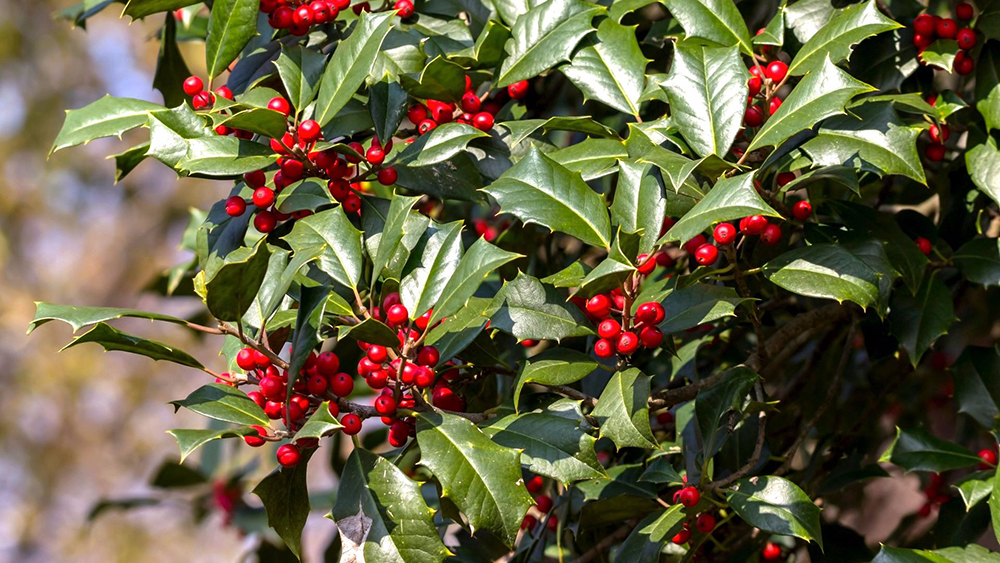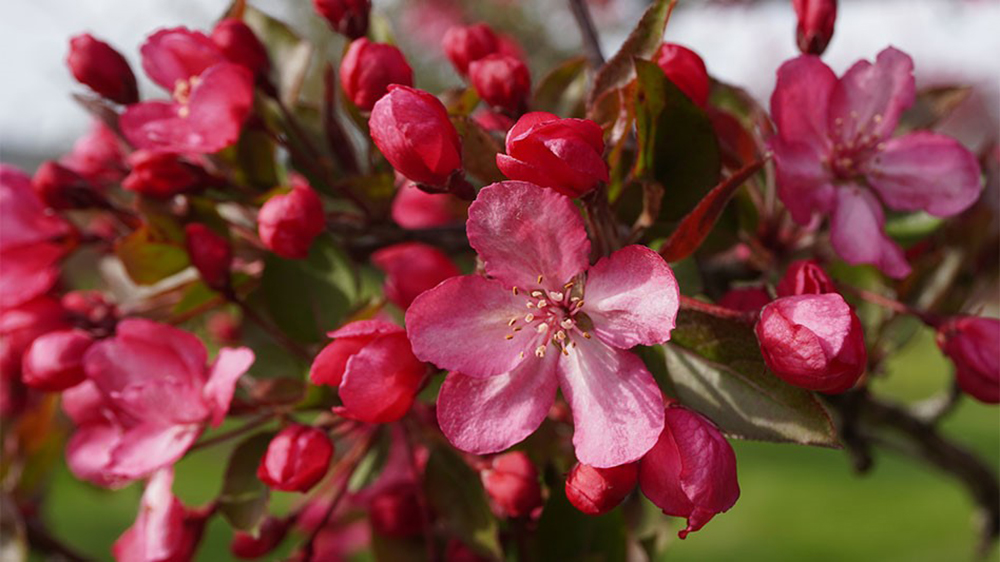By Sarah Fertsch
Staff Writer
It’s the greatest comeback of the year. Lanky, prickly branches are soon to be enshrined in soft shades of green. And we are counting down the days until South Jersey awakens from its hibernation.
If you’ve got spring on your mind, focus your energy on the great natural world around us. In preparation for Earth Day, here’s some background on native trees found around your neck of the woods:
- Flowering Dogwood
This species is quintessentially stunning in the springtime. You’ll recognize the dogwoods for their white and pink blossoms blooming during late March and early April. Naturalists consider the flowering dogwood the most handsome tree native to the American Northeast.
The flowering dogwood is more than just a beauty. Native Americans harvested its red berries for a homeopathic cure for malaria, and extracted red dye from the roots. The wood is dense and shock-resistant, which can be found in jeweler’s blocks and cutting boards.
Bees and butterflies flock to the dogwood in the springtime, and songbirds nest between the branches, utilizing cover from the leaves and flowers.

- Sweet Birch
Ever drank birch beer? The classic beverage comes from the fermented sap of the sweet birch tree. The species is also tapped for sweet maple in the springtime, even though it isn’t a maple tree!
The sweet birch has scaly bark that’s sometimes sticky with sap, usually with a reddish color. The birch oil is used in medicines and old-fashioned candy. Young birches are coniferous, but they become deciduous with age.
- Black Spruce
You’ll come across these evergreen giants around South Jersey marshland. The black spruce is sometimes known as the swamp spruce, because of its ability to thrive in wet environments.
This tree is also renowned for its success in wintery, cold climates. The bark of the black spruce tree is scaly and dark gray. The needles are stiff, blue green in color and grow into a pointed crown at its top.
The root systems are pretty shallow, so it prefers a layer of foliage and soil around its base. This tree’s wood is used in many paper products.
- American Holly
Iconic with Christmas, the American holly serves as a cornerstone of South Jersey’s ecological framework. Its dense foliage provides crucial shelter and nesting sites for a variety of wildlife, including birds and small mammals, while its red berries offer a vital food source during the winter months.
Despite facing threats from habitat loss and invasive species, conservation efforts and the tree’s resilience have ensured its continued presence, enhancing the region’s biodiversity and natural beauty for generations to come.

- Sweet Crabapple
The American crabapple (also known as sweet crabapple) is a species of flowering tree native to North America, specially the Mid-Atlantic region. You’ll find this tree lining residential streets, touting its springtime flowers.
Culturally, the crabapple tree carries a rich heritage deeply rooted in Native American traditions and early American history. Indigenous peoples utilized its fruits for culinary purposes and medicinal remedies, while its wood was prized for crafting tools and ceremonial objects. European settlers also embraced the crabapple tree, incorporating it into their orchards for its ornamental value and as a source of cider production.
Sarah Fertsch is a journalist, proposal writer and poet. You can find her chasing dogs across the beach and trying new recipes.














